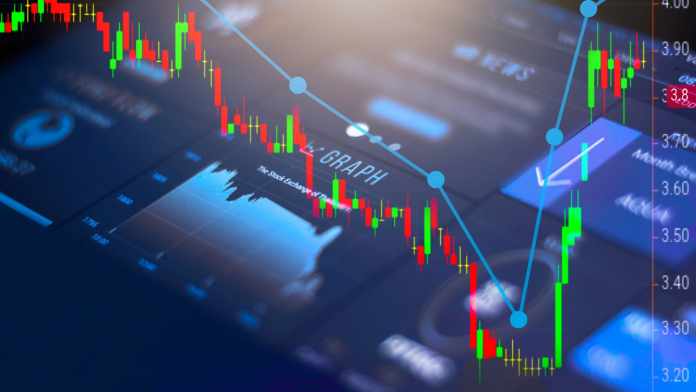
Traders want to go with the trend so that they can make more profit. For this, investors also need to identify the trend. People apply different types of indicators to understand the beginning and the ending of the trend. However, it is necessary to recognize what is going on in the market. According to the experts, there are four stages the market goes through. These are repeated one by one in this field. They are accumulation, advancing, distribution, and declining phases. Let’s dive into the detail about the cycles of the CFD market.
Accumulation Phase
Table of Contents
When a price tends to cease its momentum, the accumulation phase starts in the CFD market. It looks like the consolidation period where trend traders will not be able to grab the advantages. It can stay that way for a long time. The price is restrained within a span as bulls & bears are in equipoise. The proportion of up days to down days is similar. The 200-day moving average is inclined to flatten out after a value decreases. The price is apt to whip back and forth throughout the 200-day moving average. The changeability is apt to be low because of the lack of interest. A good strategy to trade in this stage is to trade the range itself. This means going long at the bottom of the range and selling at the peak of the range.
The stop loss should be placed after the closing of the range. People should not trade in the middle of the range as it has an indigent trade location. The price of an asset caneasily swing back towards the top or bottom. As a consequence, people will fail to trade in the support & resistance area.
Advancing Phase
When values breakout of the accumulation stage, it moves to the advancing stage. Here, investors will find an uptrend which is best for trading profitably. It is comprised of higher highs and lows and can last for months or years. Value builds a chain of higher highs and higher lows and the value is trading higher over a period of time. Here, the number of low days is smaller than the high days. Long-term moving averages are below the short-term moving averages. For example, the 200-day moving average is indicating that the towering price is over the 200-day moving average.
Here, changeability tends to be a rise at the late stage of the advancing period because of strong interest. An investor can execute a trend trading strategy to make profits. People can implement this in two ways. One trades in pullbacks and other trades in breakouts in the CFD market. But if you intend to trade the breakout, use the CFD trading account at Saxo. By doing so, you will be able to use high end tools.
Distribution Phase
The distribution stage looks like a consolidation period and it occurs when the price rises. It is to some extent similar to the accumulation phase. But, here, volatility can catch the eye of traders. Like in the first stage, a good strategy to use in this period is to trade the range itself. That means going long at the bottom of the range and shorting at the peak of the range. People should set the stop-loss after the closing of the range. You should not trade in the middle of the range as it has a substandard trade location. The value could easily swing back towards the peak or the bottom. This will not allow you to trade at the support & resistance area.
Declining Phase
After the price breaking down of the third period, the market moves into the declining stage. This is comprised of higher highs and lows lasting for months or years. There are lots of similarities between the advancing and declining phases. People can implement the trend trading approach to catch the trend. People can look to go long when the values pullback to the moving average, or when previous resistance turn to support. Also when values pullback to Fibonacci levels and the support area. On the other hand, people can look to go short when the price closes under the swing low or breaks under the swing low.















